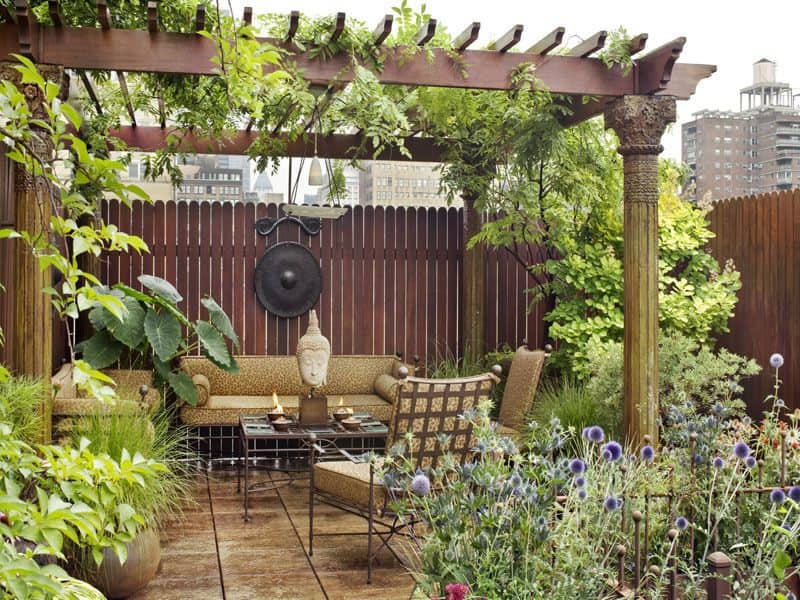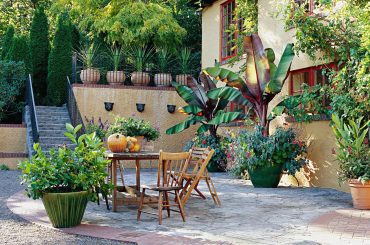Table of Contents
Gardening is a passion that only grows with time – it’s good for the mind, body, and soul. It comes and goes, depending on other demands, and can sometimes feel like a chore (or a luxury). Regardless of how you feel, gardening is always a form of escapism and offers a sense of pride.
If you don’t have a large area to grow a traditional garden, you can still indulge in your passion by growing plants in containers or raised beds on a terrace. It’s a simple setup because it only requires a few items, such as planters, soil, vermicompost, seeds, and so on.
If you have a penthouse or a small home with no yard, try terrace gardening. Here’s how to go about setting up a lush, green garden.
See If Your Terrace Has Any Leakages and Fix Them Before You Get Started
A terrace garden is a beautiful addition to any home, but keep in mind it requires a lot of water due to the many hours of direct sunlight exposure. The plants are basically wilting in the heat. Equally, if it’s windy, the plants can dry up right away, pulling moisture from the foliage quicker than the roots can draw it from the soil.
They must work harder to stay clear of drying out. The terrace must be waterproofed, so apply a protective layer to help prevent the formation of tiny cracks on the surface.
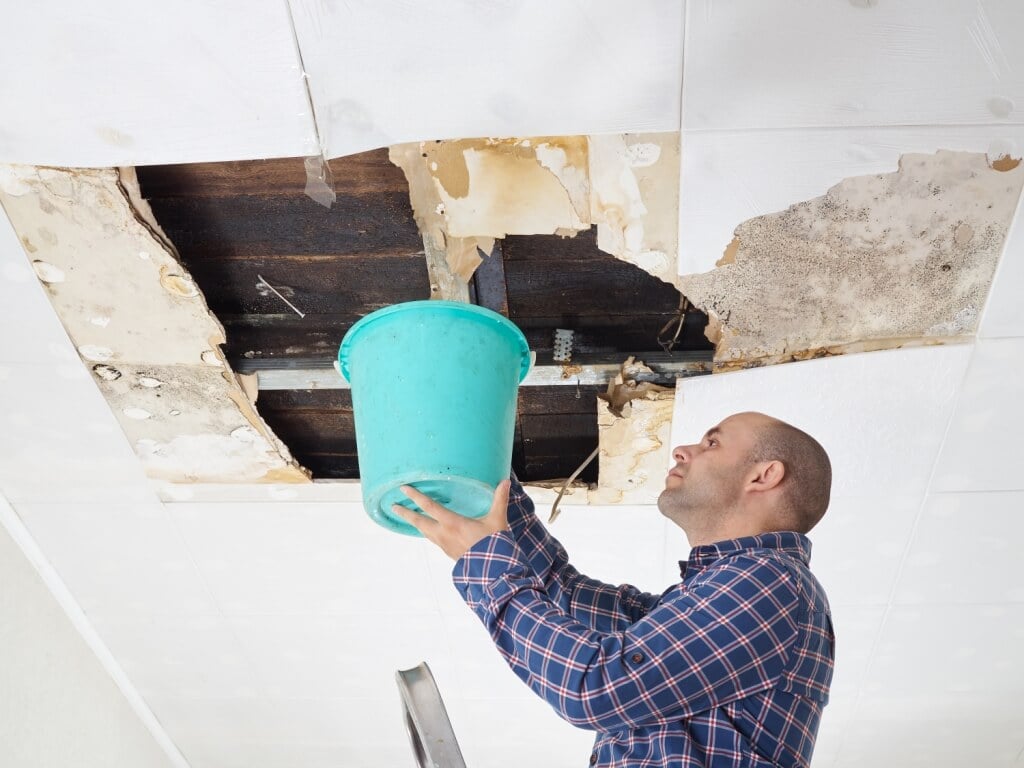
You can install plastic sheets, a polymer coating, and so forth. The waterproof membrane you decide on must be root and rot-resistant, so consider reaching out to a professional to get an expert opinion. Good drainage will ensure the terrace remains water-resistant and leakage-free.
You can use drainage trays, pebbles, and well-designed pots. If the problem of drainage is acute and none of the aforementioned options prove to be sufficient, other more radical measures will have to be taken. For example, you can build a gutter or reinstate the one you originally had.
Ensure The Layout Is Conductive to Your Selection of Plants
With spring on its way, there’s no better time than now to update your dull outdoor space and elevate it for pre-work yoga, morning coffee, or casual weekend hangouts. A terrace garden has some space constraints compared to a normal one, so it’s essential to plan the layout meticulously.
You simply can’t cheat on this. Design starts with plant selection, so create an outdoor space full of interest and beauty. You can become a plant maximalist, embracing a “more is more” attitude by opting for full-size trees and lush container plants. Additionally, you can combine indoors and out by incorporating a sliding steel and glass door that disappears when opened.
Choose Resilient Plants That Won’t Wilt or Dry Up When Exposed to Sunlight
Think about the mature height and width of the plants, especially for trees and shrubs. Don’t plant anything too close to the home or overhead utility lines because it will create maintenance issues down the road.
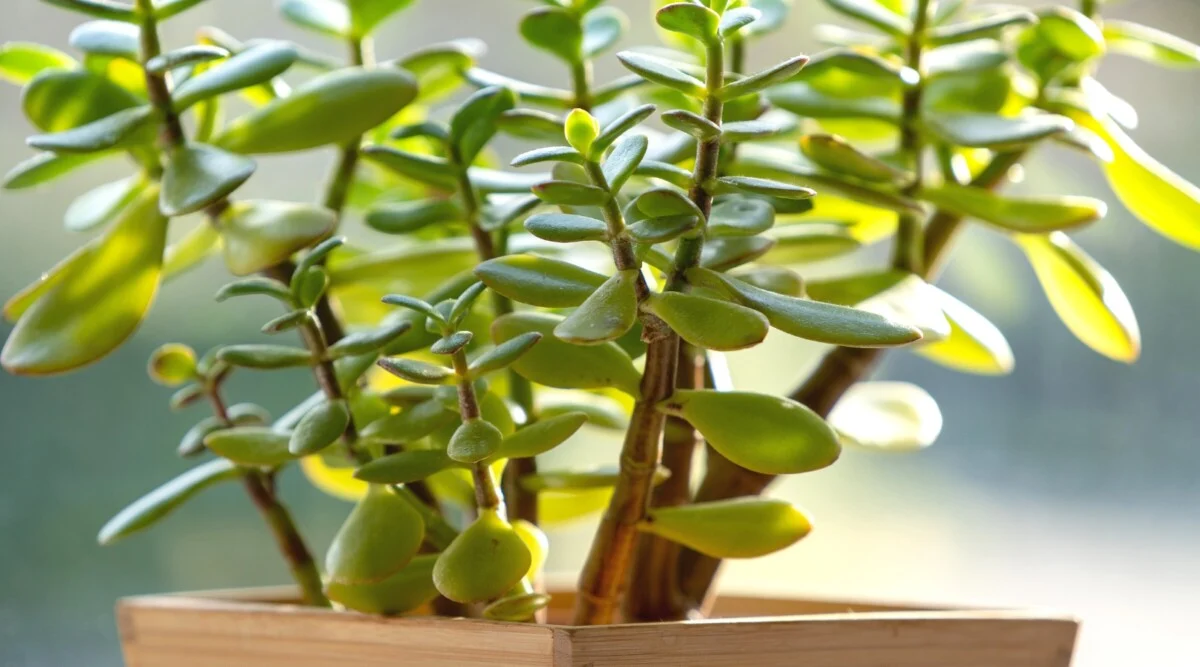
You should have a mix of flowering plants, ground cover, and shrubs for your terrace garden. Keep in mind that the full sun can bake your plants, meaning they won’t even make it until the end of the summer.
The good news is there are plenty of options for plants that will thrive in hot and sunny areas, such as Iris germanica, Lavandula stoechas, and Knautia macedonica.
Once you get the hang of growing the plants, you can diversify your selection of greens. Container gardening is a fantastic way to grow beautiful plants, even with limited outdoor space. Containers are easy to move around, better for isolating/culling a plant, and simpler to sanitise.
Opt for plastic flowerpots because they retain moisture instead of absorbing it like clay pots. It’s easier to maintain plants with high water requirements. You can replant your greens twice a year (once for the summer and once for winter). Recycled plastic plant pots look elegant and make it easier to reduce unnecessary waste. Buy the seeds for the required plants from the nearby nursery or order them online.
Incorporate Seating to Enjoy the Terrace Garden to The Fullest
In a terrace garden, it’s easier to bring out a chair to sit on when necessary. Very possibly, that’s not the right solution for you. Ensure your seating area is optimised to its fullest potential for you or your guests.
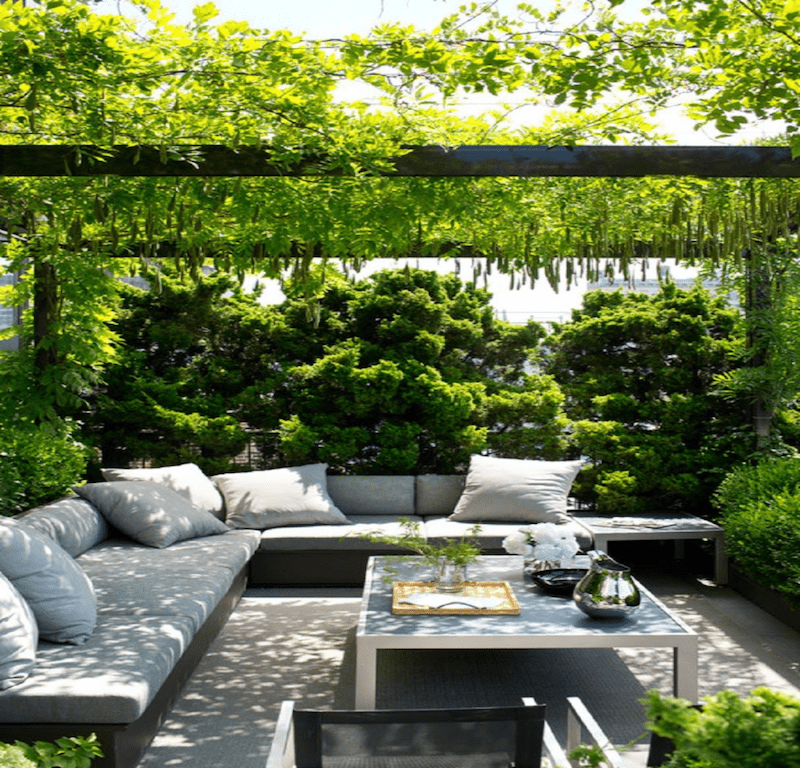
The choice of the material matters because the garden is exposed to the elements throughout the day, so consider outdoor furniture made from teak, acacia, wrought iron, aluminium, and rattan, to name a few.
You can transform your terrace garden into a casual office to reduce stress, increase productivity, and strengthen feelings of self-worth. A low wall can serve as a versatile bench, providing a perch for children.
Exercise Your Green Thumb and Keep It in Shape
Finally, yet importantly, exercise your green thumb. Growing plants is an activity that rarely provides instant gratification. At times, the desired result takes years to produce. If you want to maximise the space on your terrace, you must be in it for the long haul and shouldn’t expect results overnight.
During summers, you should water twice a day since water evaporation is at its peak – water during the outset of the day or the evening to prevent water transpiration. A mixture of compost peat, vermicompost, and regular soil should do the trick. Garden aficionados often make their own manure. In case you didn’t already know, used coffee grounds are an excellent natural fertiliser for plants that require acidic soil.
Placing a focus on maintenance is a vital aspect of a terrace garden. If you have a large garden, it’s recommended to use a combination of a drip and sprinkler system; the pump can be activated from a convenient location in the house.
Perhaps you want to start growing veggies. In that case, ensure they’re not touched by harmful chemicals because they can cause health problems if consumed in large amounts. With time and patience, you’ll end up with a rewarding, healthier garden.

